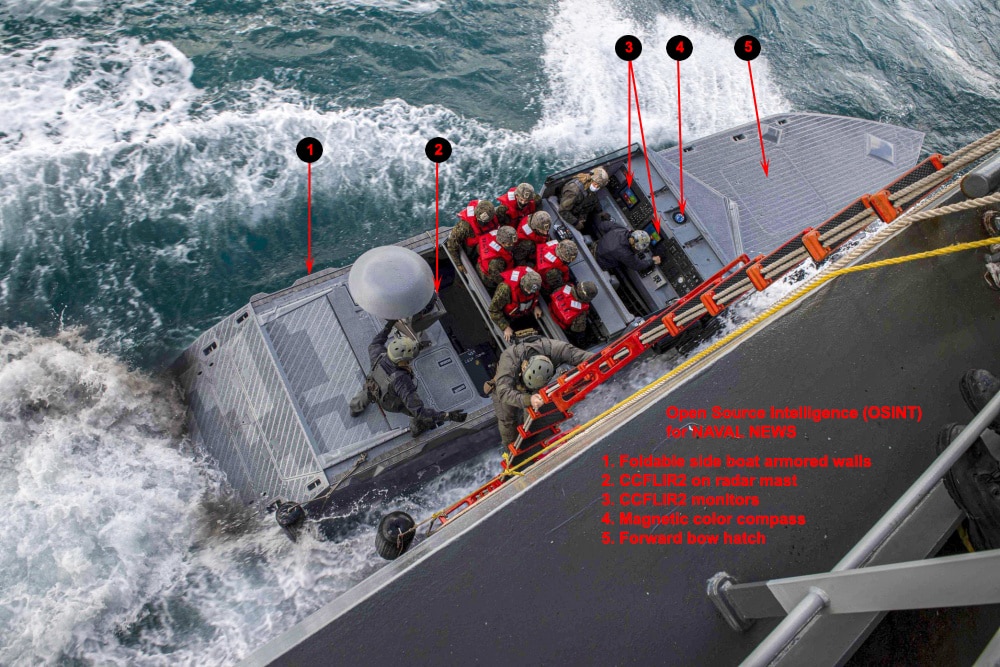The new battery chemistry that is most likely next for Australian subs (possibly including Collins) is not Li Ion but Nickel Zinc.
It does not have the ultimate energy density of Li Ion batteries but is superior in pretty much every other way including the most important, safety.
Much cheaper
No need for a complete redesign of the subs electrical systems as there is for Li Ion. Very close to being a drop in replacement for Lead acid.
Zero risk of thermal runaway or fire. unlike Li Ion
No off gasing of Hydrogen unlike lead acid
Long Life
No maintenance
Has a recharging profile which is ideal for submarines. Optimal charging is done in short rapid bursts. They don't like trickle charging.
Energy density approximately 2.5 X lead acid BUT doesn't mind being discharged to zero so effectively has 4 to 5 times the energy density.
AND is being developed for submarine use in Australia by PMB who make the Collins Lead Acid Batteries.
Here is a screen shot from their website:
View attachment 47747




